Our other business: the short life cycle produces

Eucaliptus
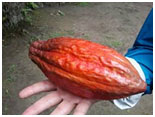
Cacau
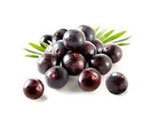
Açaí
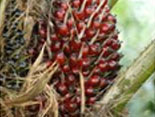
Dendê

Seringa
The eucalyptus business

We have 35 hectares of eucalyptus trees 8 years old, ready for cutting. We can do that and also expand another 50 to 60 hectares. In this way, in four to six years, we shall have 85 to 95 hectares of grown eucalyptus for sale.
There are plenty buyers in Valença, but it is always a fight to get a reasonable price. We are approaching steel mills to try and sell wood directly to them, but that will demand culling and preparing abilities that we do not have.
The eucalyptus business

Still, even at current prices for the buyer to come and cut and take away is complicated, prices vary between R432 and R$45 per cubic meter. Converted in tons, prices vary from a low low of R$3000.00 to an average of R$5000.00 per ton, while one hectare produces at least 35 to 50 tons. The nice part is that we did not spend a dime for the first six yearssince we planted the first tree. Manpower zero. It is a business of great expansions. For us, it is a nice income which can be managed, year after year, by, culling grown trees… and planting a new one to increase the volume. 95 hectares sounds good.
The cacao business

We do not have much cacao, maybe 15 hectares dispersed in various areas of the farm, mainly near streams or wet spots.
The three hectares near the Yellow House produced nearly three tons in 2013. Sold at R$260.00 per arroba, gave to buy a small car. The potential is not really on cacao by itself, but in husbandry with rubber trees.
That is very much in our minds.
More below, when we shall talk about the seringa plantation.
The acai business

In 2010 we planted two hectares to experiment with this crop near the Yellow House, more out of curiosity than a real intention. The growth was so energetic that we planted another couple of hectares in another wet area, far away, and left it to grow unattended. Same result: exceptional growth, total resistance to pests, no fertilizer, no husbandry, nothing. As this palm grows in very humid environments, and we have plenty of those around the farm, maybe we could fill those remote areas with this crop. We estimated that we might fill 30 or 40 hectares in various sites. Harvesting could be done on partnership with some local, a la piassava, and costs would be kept at a minimum. Several smashers confirmed their interest in buying all we could produce… small income in comparison with limes, but nice to have, without all the headaches of a full plantation of this produce. As soon as we get the limes stable, we shall revisit this crop. 2019 would be about the right time for this.
The dendé business
Dendé needs vast areas to become economically viable and for this reason, it will remain a minor/social crop to be harvested by our loyal Louro. He is a direct descendent of freed slaves and runs an extended family in a nearby area called Mata Escura, he is a neighbor of great value and presence, for whom we have great respect and affection. He and some members of his family (which includes his mother of 75 years of age) work at various times under contract in our coffee plantation. The dendé is totally harvested by him and we take a small cut to establish ownership. The rest is all for him.
Let’s call this our social investment in a precious neighbor.
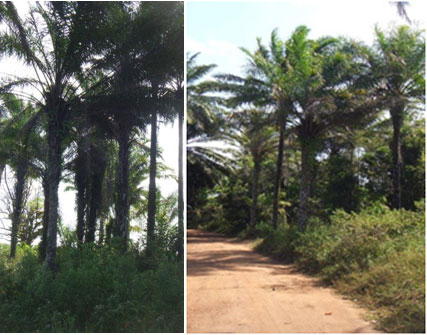
The natural rubberbusiness (in husbandry with cacao)
The rubber business is serious business. It will probably be our next push in agriculture.
It has numerous advantages that make an investment in this area attractive:

Michelin, the tires manufacturer, has a latex processing plant about 35 km from the farm, it guarantees the purchase of the whole production and remunerates it at international levels
Michelin would supply us with selected genetic plants, specially adapted to our climate. It would provide free of charge specialized technical support throughout the plantation and growth. Would train our people in the latex harvesting techniques and in the correct husbandry of the plantation. Our investment would be in the appropriate land and a dedicated team.
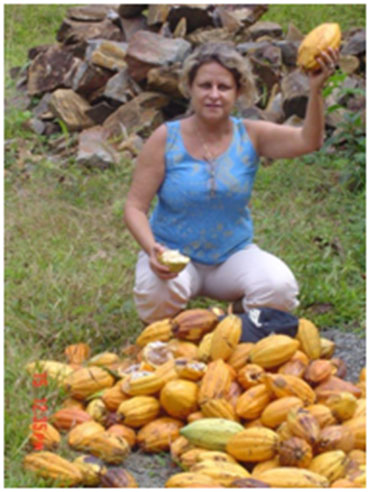
Cacao is perfect for such a solution: the cultural tracts are very similar if not the same in many processes, use the same work force, and adds substantial revenue to the business. Our experiment in 2007/10 confirms the technical viability of such crop
The economics are simple: each rubber tree produces 2.2 kg. of latex per annum (based upon by historical record from Michelin itself). Each hectare produces 1350 kg of the staff per annum (again based upon decennial experience by

The best information of all, born of decades of experience by Michelin, is that 30hectares would be enough for an attractive economic return of approximately 34.2% ROI. Nice! We could start small and expand, as results would be warrant
Development banks are very favorable to such joint projects with big companies, particularly with Michelin, which has a long and successful history of such partnerships with locals. All this would be favorable in such circumstances.
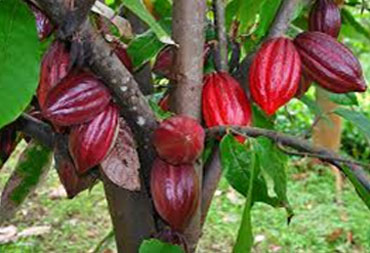
The land is suitable, we have the work force ready, itis only to start.
When we integrate the cacao production, the issue gets even better: one hectare produces between 50 and 80 arrobas per annum and fetches the equivalent of US$3.100 per ton (average price in the New York stock exchange between 2010 and 2014). With all savings derived from tending to two crops at the same time, the breakeven has been calculated at 12 hectares. If well set up, in four years all this can become reality as it did in the past.

We have the perfect site in the extreme south of the farm that could receive the first 30 hectares. We could even start smaller if we wanted, say 10 or 20 hectares to start with. Expansion would come from buying holdings from nearby farmers who are going to sell as their subsistence farming is not viable anymore. The agronomists from Michelin already visited the area, took soil samples, pluviometry information, etc., and declared the area ideal for such a beginning. A friendly farmer, family really, who administered a rubber plantation of some 500 hectares, confirmed all previous information and added the idea of introducing a second crop, cacao, in husbandry with the rubber trees. The combined production would give very attractive returns

Michelin – see their publication ‘Assessment of growth and yield performance of rubber tree clones of the IAC 500 series’). Each liter of latex is sold at US$1.70, according to the Rubber Board of Malasia, which establishes the worldwide price for this produce.

.jpg)
.jpg)
.jpg)
.jpg)
.jpg)
.jpg)
.jpg)
.jpg)
.jpg)
.jpg)
.jpg)
.jpg)
.jpg)
.jpg)
.jpg)
.jpg)
.jpg)
.jpg)
.jpg)
.jpg)